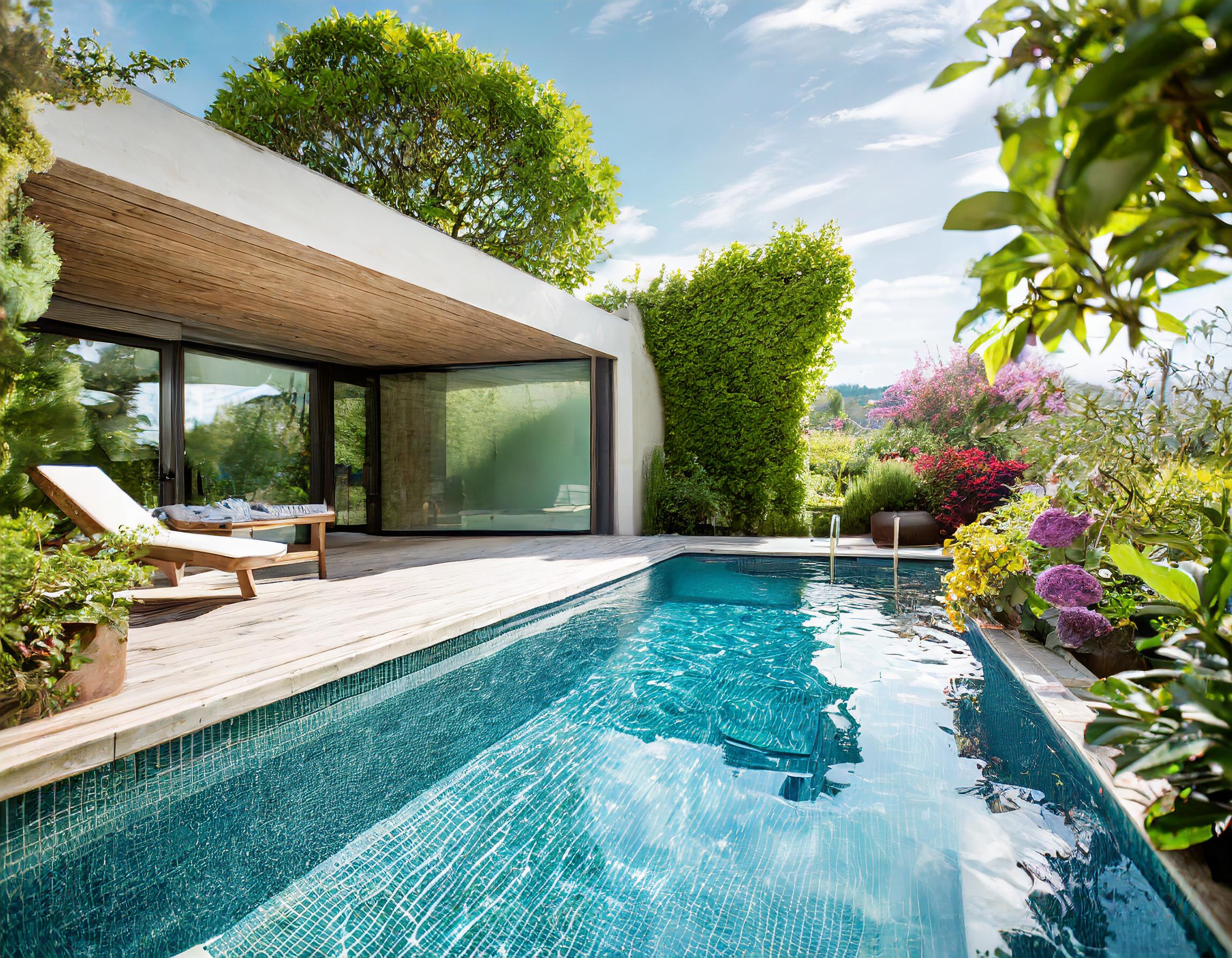 Enjoying a heated pool all year round is a definite pleasure, but it can have a significant impact on your energy bill. The pool heat pump (PAC) is an efficient pool heating system, but it's important to use it responsibly to minimize its impact on the environment.
Enjoying a heated pool all year round is a definite pleasure, but it can have a significant impact on your energy bill. The pool heat pump (PAC) is an efficient pool heating system, but it's important to use it responsibly to minimize its impact on the environment.
Several tips exist to make your PAC more energy-efficient and thus combine comfort, savings, and environmental respect. By adopting simple eco-friendly actions in your daily life, you can significantly reduce the energy consumption of your PAC and minimize your impact on the environment.
1. Covering the pool to limit heat loss
Installing a cover on your pool is a simple and effective gesture to significantly reduce heat loss and optimize the performance of your PAC. In fact, an uncovered pool can lose up to 80% of its heat during the night, which forces the PAC to operate longer and consume more energy to maintain the set temperature.
Several types of covers are available on the market:
- Bubble covers: An economical and easy-to-install solution, it can reduce heat loss by about 60%.
- Rolling shutter: More expensive but more aesthetic and practical, the rolling shutter offers optimal protection against heat loss (up to 90%) and dirt.
- Pool enclosure: A high-end solution, the pool enclosure combines thermal protection and safety. It allows you to gain a few degrees of water temperature in addition to securing the pool.
2. Adjusting the set temperature according to your needs
The set temperature of your PAC is an important parameter to adjust according to your needs and the season. Lowering the set temperature by a few degrees can allow you to achieve significant energy savings. For example, lowering the temperature by 2°C can reduce your energy consumption by 20%.
3. Programming the operation of the PAC during off-peak hours
Most energy suppliers offer more advantageous electricity tariffs during off-peak hours at night. By programming the operation of your PAC during these off-peak hours, you can save on your energy bill.
4. Optimizing filtration time
The filtration time of your pool should be adapted to the frequency of use of the pool and the water quality. It is unnecessary to filter the water 24/7, especially in case of low pool usage. Generally, a filtration time of 6 to 8 hours per day is sufficient. You can also use a timer to automate the filtration cycle and optimize its energy consumption.
5. Choosing environmentally friendly water treatment products
Water treatment products can have an impact on the environment and on the performance of your PAC. It is important to choose environmentally friendly products and to follow the manufacturer's instructions for precise dosage.
By adopting these simple eco-friendly actions, you can make your PAC more energy-efficient and thus minimize your impact on the environment. Remember that the PAC is a long-term investment, and responsible use helps to extend its lifespan and preserve its performance.
In addition to these eco-friendly actions, it is important to regularly maintain your PAC to ensure its proper operation and energy efficiency.